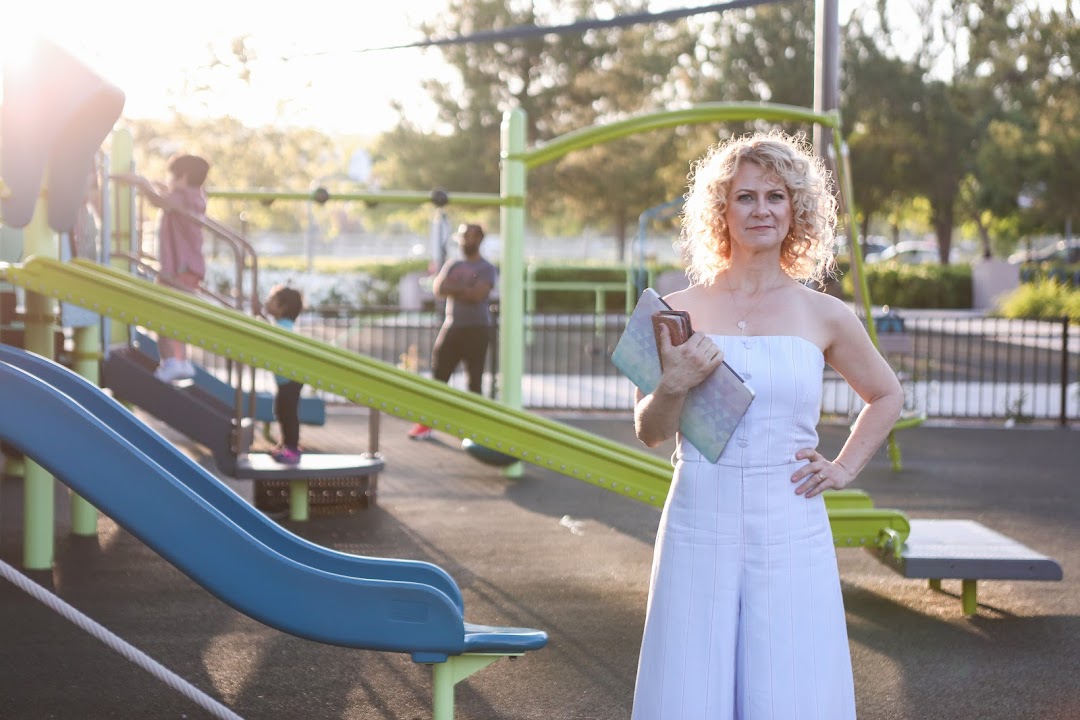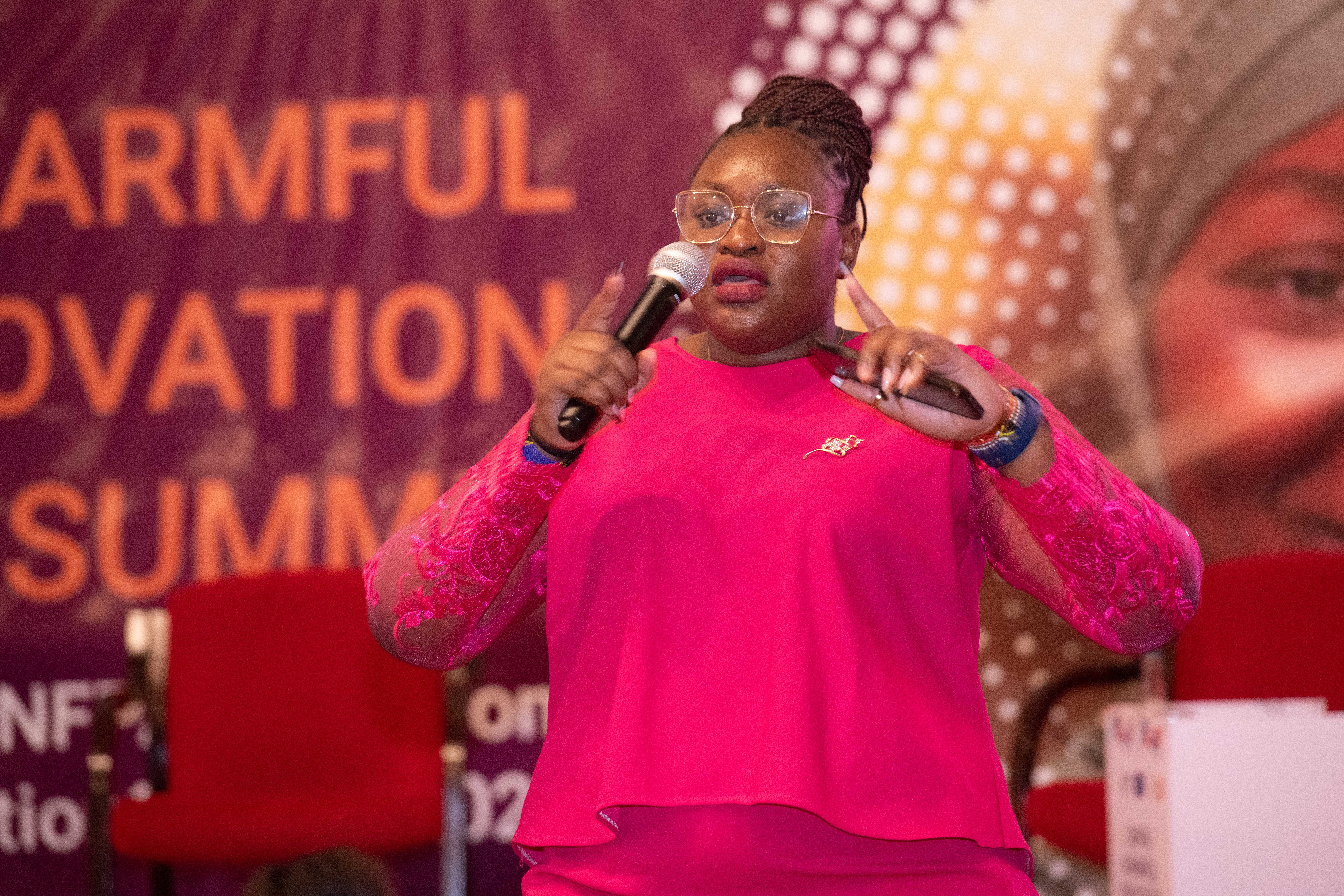Endometriosis warriors unite
Keisha Meek and Nikita Chadha bonded under unusual circumstances. The women met through a shared chronic condition called endometriosis.
Like many people with this debilitating gynaecological disorder, it took Keisha and Nikita many years to get a diagnosis. Now they both work tirelessly to raise awareness about endometriosis and support others who are in a similar situation.
Keisha, a co-founder of the UK’s National Endometriosis Survivors Support group, started having heavy bleeding and excruciating pain from her first period at age 11. When she finally got diagnosed at 21, she was confused but felt a huge sense of relief.
“I’d never heard of endometriosis, but it gave me peace of mind that ‘okay, yes something is wrong’,” she tells This Is MedTech. “There’s a lack of understanding that this is a whole-body disease. People are often told that it’s ‘just a bad period’. It’s deeply concerning. Early diagnosis allows people to stop thinking it’s all in their head. It can help improve their quality of life as it allows them to have better control.”
What is endometriosis?
Endometriosis happens when tissues like those found in the womb’s lining start to grow in other parts of your body. The tissues react to the monthly menstrual cycle and bleed, but there‘s no way for the blood to leave your body.
This can lead to inflammation and severe pain. It can also cause scar tissue and abnormal bands of fibrous tissue (adhesions) to develop, fusing pelvic tissues and organs together.
This incurable condition affects around 176 million people of reproductive age worldwide and can impact everything from your fertility to your ability to work.
Both women know this all too well. Keisha has had three miscarriages and a medically advised termination. Nikita, the lead facilitator for Cysters, a health charity that advocates for people of colour and the LGBTQA+ community, has been unable to work for nearly a year due to the unrelenting pain.
How is it diagnosed?
Medical technology is essential for an accurate diagnosis. Nikita explains that laparoscopy, or keyhole surgery, is “the only real way, or tool, that allows us to know what’s going on within the body.” She first saw her doctor for “horrific period pains” and irregular cycles at 15 or 16 years old and was later diagnosed via laparoscopy in 2018, at age 28.
During the procedure, a small camera is inserted into the pelvis via an incision near your belly button. The surgeon uses the camera to view the pelvic organs and check for signs of endometriosis. If endometriosis is diagnosed, the surgeon can remove the endometriosis tissues at the same time. This is called laparoscopic excision and is currently the best treatment available.
Keisha feels that laparoscopic excision massively improved her quality of life after no other treatments helped. Both women stress the importance of being treated by a specialist who fully understands the condition.
“Laparoscopies should be performed by endometriosis specialists if it’s assumed or suspected that someone has it. Otherwise, it may be missed, left behind or not excised properly in the first place,” says Nikita.
“While laparoscopy is vital to endometriosis diagnosis and treatment, the entire space is waiting for new diagnostic and screening tools to be put forward, so that we can reduce the waiting times, risks and the years that people sit without diagnosis,” she adds. “It would be life-changing for many people to see the emergence of more medical technologies that could assist with this illness and its wide-ranging symptoms.”
Despite their own ongoing health issues, Keisha and Nikita continue to work closely to advocate for earlier diagnosis and treatment of endometriosis patients in the UK.






